Summersville Lake State Park
- February 7, 2024
- 0 comment
Discover Summersville Lake State Park where WV’s pristine waters, thrilling outdoor adventures, and breathtaking scenery await. A nature lover’s paradise. Located in the heart of West Virginia, Summersville Lake State Park serves as a beacon for those yearning to immerse themselves in the unparalleled beauty of nature. Expanding on the essence captured in the brief glimpse offered by its meta description, this park is not just a destination but a journey into the heart of wilderness and adventure.
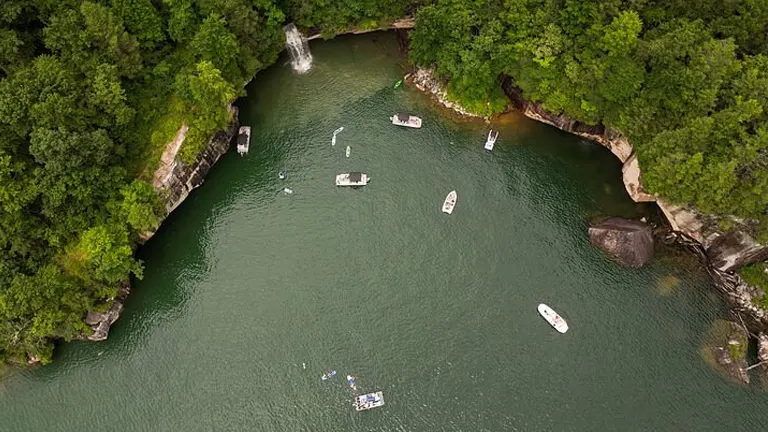
With its crystal-clear waters beckoning kayakers and divers alike, the park promises an array of thrilling outdoor activities. From hiking trails that weave through vibrant forests to rock climbing that challenges the bold, Summersville Lake State Park is a sanctuary where memories are made, spirits are rejuvenated, and the natural world reveals its wonders.
Characterizing Features of Summersville Lake State Park
- Pristine Waters: Summersville Lake, the centerpiece of the park, boasts some of the clearest and cleanest waters in West Virginia. This vast reservoir, created by the Summersville Dam, offers a refreshing retreat for swimmers, divers, and boaters alike. The lake’s underwater visibility is exceptional, making it a premier destination for scuba diving in the region. Anglers also find solace here, with the waters teeming with bass, walleye, and trout, providing both a challenge and a reward for fishing enthusiasts.
- Thrilling Outdoor Adventures: The park is a haven for adrenaline seekers and outdoor lovers. Beyond the aquatic activities, Summersville Lake State Park features an array of land-based adventures. Rock climbing enthusiasts will find the park’s cliff faces a challenging and exhilarating experience, with routes suitable for all skill levels. The surrounding forests offer miles of hiking trails that cater to both casual walkers and serious hikers, offering picturesque views and encounters with local wildlife.
- Breathtaking Scenery: The park’s landscape is a vivid tapestry of natural beauty, from the rolling hills that envelop the lake to the dense forests that burst with color in the fall. Panoramic views are a common reward for those who trek the trails or navigate the waters. Photographers and nature lovers are drawn to the area’s serene sunsets and the undisturbed beauty of the wilderness. The changing seasons offer a dynamic backdrop, making every visit unique.
- Camping and Lodging: For those wishing to extend their stay, Summersville Lake State Park offers a variety of camping and lodging options. From rustic tent sites nestled in the woods to RV sites with full hookups, the park caters to all types of outdoor enthusiasts. There are also cabins available for rent, offering a more comfortable stay amidst the natural surroundings. These accommodations provide a perfect base from which visitors can explore the park at their leisure, waking up to the sounds of nature.
- Environmental Conservation Efforts: The park is not only a recreational area but also a site of significant environmental conservation efforts. Initiatives to protect the local flora and fauna, as well as to maintain the cleanliness of the lake and surrounding areas, are a testament to the commitment to preserving this natural treasure for future generations. Educational programs and guided tours offer insights into the ecological value of the park and the importance of conservation efforts.
- Community and Cultural Events: Throughout the year, Summersville Lake State Park becomes a gathering place for various community and cultural events. From local music festivals to outdoor workshops, these events provide a glimpse into the vibrant culture of West Virginia. They offer visitors an opportunity to engage with the local community, enjoy regional arts and crafts, and partake in traditional festivities, enriching the experience of the natural beauty that surrounds them.
History of Summersville Lake State Park

Summersville Lake State Park, a jewel nestled in the rugged heart of West Virginia, traces its origins back to the construction of the Summersville Dam in the 1960s. This monumental engineering feat, undertaken by the U.S. Army Corps of Engineers, was primarily aimed at flood control along the Gauley River, but it inadvertently birthed a recreational paradise that would come to be known as Summersville Lake State Park. The creation of the lake transformed the surrounding landscape, fostering not only a new ecosystem but also a hub for outdoor enthusiasts. Over the years, it has evolved into a premier destination, attracting visitors with its pristine waters, scenic beauty, and a multitude of recreational activities. The park’s history is a testament to the transformative power of human ingenuity in harmony with nature, creating a space where both can thrive and provide endless enjoyment and education for generations to come.
Unique Ecosystem of Summersville Lake State Park
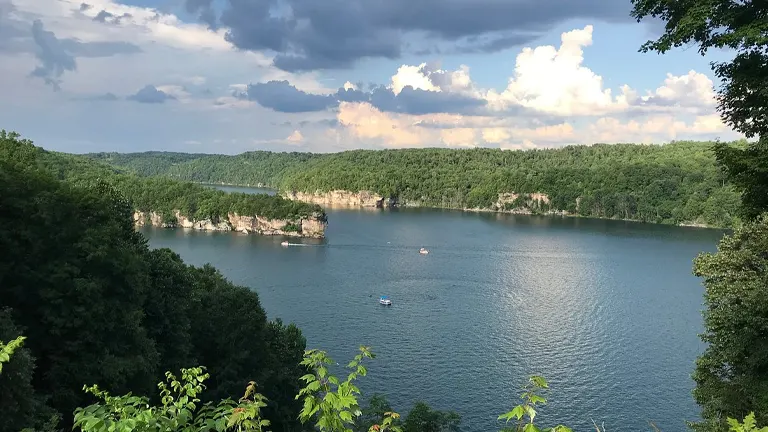
Summersville Lake State Park is home to a unique ecosystem that thrives within and around the clear, cool waters of Summersville Lake. This ecosystem supports a diverse range of flora and fauna, from the lush, deciduous forests that blanket the surrounding hills to the aquatic life that inhabits the lake’s depths. The forested area provides habitat for various species of wildlife, including deer, foxes, and numerous bird species, making it a haven for wildlife enthusiasts and bird watchers. In the lake itself, the clean waters are teeming with fish such as bass, walleye, and trout, offering rich biodiversity and sustaining both recreational fishing and the natural food chain. The interaction between the terrestrial and aquatic environments, along with the seasonal changes, contributes to the dynamic and vibrant ecosystem of the park, making it a focal point for conservation efforts and a prime example of West Virginia’s natural heritage.
Location of Summersville Lake State Park
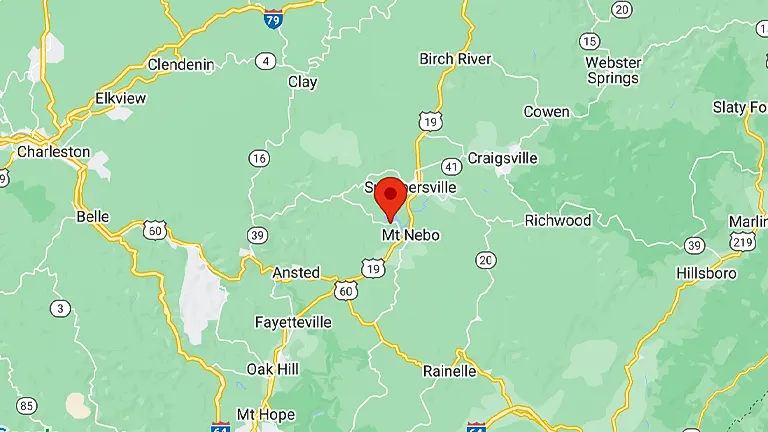
Nestled in the mountains of West Virginia, Summersville Lake State Park is located just north of the city of Summersville, in Nicholas County. Its accessible location makes it a popular destination for both day-trippers and vacationers looking to explore the natural beauty of the Appalachian region.
How to Get to Summersville Lake State Park:
From Charleston, WV:
- Take I-77 N/I-64 E toward Beckley.
- Merge onto US-19 N via exit 48 toward Summersville.
- Continue on US-19 N for approximately 45 miles.
- The entrance to Summersville Lake State Park will be on your right.
From Beckley, WV:
- Take US-19 N toward Summersville.
- Follow US-19 N for about 70 miles.
- The park entrance will be on your right, shortly after passing the town of Summersville.
From Morgantown, WV:
- Take I-79 S toward Clarksburg.
- Continue on I-79 S, then take exit 57 for US-19 S toward Beckley.
- Follow US-19 S through Summersville.
- The park entrance will be on your left, just south of the Summersville area.
From Lexington, KY:
- Take I-64 E toward Huntington.
- Continue on I-64 E, merging onto I-77 N/I-64 E toward Charleston.
- Follow the directions from Charleston, WV, to reach the park via US-19 N.
Public Transportation:
- Public transportation options to Summersville Lake State Park are limited. The closest major airport is Yeager Airport in Charleston, WV. From there, renting a car and following the directions from Charleston is recommended.
Using GPS:
- For those using GPS navigation systems, entering the address for Summersville Lake State Park or its GPS coordinates can provide direct routes from your starting location. Ensure your GPS is updated for the most accurate directions.
The Importance of Conservation and Recreation in Summersville Lake State Park
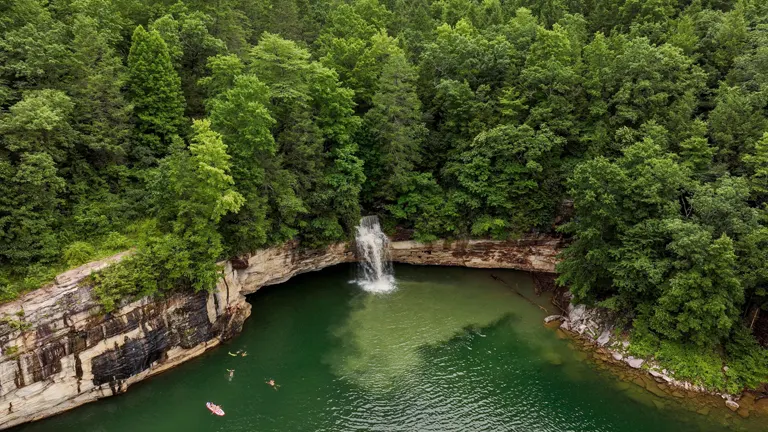
The importance of conservation and recreation in Summersville Lake State Park embodies a delicate balance that ensures the preservation of its unique ecosystem while providing a space for outdoor activities that foster a deeper appreciation for nature. Through conservation efforts, the park protects the diverse flora and fauna that call it home, maintaining the quality of its pristine waters and the health of the surrounding forests. These efforts are crucial for sustaining the natural habitats and biodiversity, which, in turn, enhance the recreational experiences for visitors. Engaging in recreation within the park, under the guidance of sustainable practices, allows individuals to connect with the environment in meaningful ways, promoting environmental stewardship among the public. This synergy between conservation and recreation ensures that Summersville Lake State Park remains a vibrant, accessible, and healthy environment, offering a refuge for both wildlife and humans alike, and highlighting the significance of preserving natural resources for future generations.
Diverse Vegetation and Plant Species in Summersville Lake State Park
- Eastern Hemlock (Tsuga canadensis): The Eastern Hemlock is a coniferous tree that thrives in the cool, moist environment of Summersville Lake State Park. This evergreen species is vital for providing habitat and food for wildlife, and its dense foliage offers shade that helps regulate stream temperatures, crucial for aquatic ecosystems.
- American Beech (Fagus grandifolia): Recognizable by its smooth, gray bark and broad, flat leaves, the American Beech is a common deciduous tree in the park. This species supports a variety of wildlife, offering nuts for mammals and birds, and its dense canopy creates a lush understory environment.
- Mountain Laurel (Kalmia latifolia): The Mountain Laurel, with its beautiful pink and white flowers, is a native shrub that blooms in late spring to early summer. It is especially prevalent along hiking trails and wooded areas in the park, adding to the scenic beauty and attracting pollinators.
- Rhododendron (Rhododendron maximum): Often found alongside Mountain Laurel, the Rhododendron is another flowering shrub that is iconic to the Appalachian region. Its large, vibrant blooms are a highlight in early summer, and the plant plays a crucial role in the ecosystem by providing shelter and food for various species.
- Tulip Poplar (Liriodendron tulipifera): The Tulip Poplar, also known as the Tulip Tree, is one of the tallest and most striking hardwoods in the park. It is easily identified by its unique tulip-shaped flowers and leaves. This fast-growing tree is an important source of nectar for honeybees and offers substantial shade and habitat.
- Sugar Maple (Acer saccharum): The Sugar Maple is celebrated for its vibrant fall foliage, with leaves turning brilliant shades of orange, red, and yellow. This tree is not only aesthetically valuable but also ecologically important, providing food for wildlife through its seeds and serving as a source of sap for maple syrup production.
- Wild Ginseng (Panax quinquefolius): Wild Ginseng, a herbaceous perennial, grows in the understory of the park’s forests. Highly valued for its medicinal properties, this plant is increasingly rare due to overharvesting. Conservation efforts in the park aim to protect and preserve its natural habitats.
- Ferns (Various Species): Ferns, including species like the Lady Fern (Athyrium filix-femina) and Christmas Fern (Polystichum acrostichoides), are abundant in the moist, shaded areas of Summersville Lake State Park. These non-flowering plants add to the diversity of the park’s understory and are vital for soil health and moisture retention.
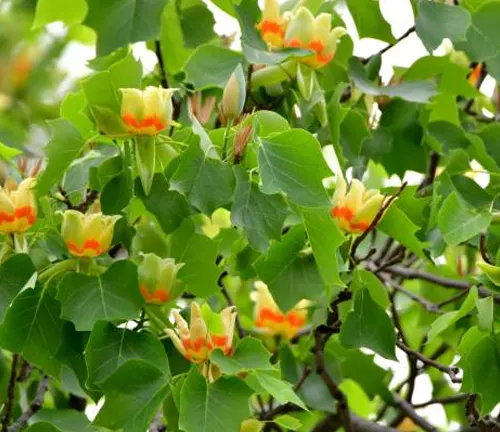
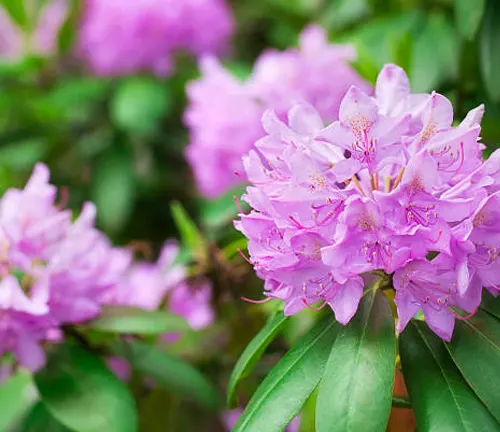
Fauna in Summersville Lake State Park
- White-tailed Deer (Odocoileus virginianus): The White-tailed Deer is a common sight in the park, easily recognizable by the white underside of its tail. These mammals are adaptable and can be found in various habitats within the park, contributing to the ecosystem by serving as prey for predators and as seed dispersers.
- Eastern Gray Squirrel (Sciurus carolinensis): This ubiquitous small mammal is known for its agility in trees and its role in seed dispersal. The Eastern Gray Squirrel is a vital part of the park’s ecosystem, providing a food source for predators and aiding in forest regeneration through its caching behavior.
- Black Bear (Ursus americanus): Although sightings are less common, the Black Bear is a significant part of the wildlife community in the park. As omnivores, they have a varied diet that can influence the distribution and abundance of certain plant species and serve as an indicator of ecosystem health.
- Bald Eagle (Haliaeetus leucocephalus): The Bald Eagle, America’s national bird, has been spotted in the park, especially near the lake, where it fishes. Its presence is a positive sign of the health of the water body and the availability of fish, reflecting successful conservation efforts.
- Red Fox (Vulpes vulpes): The Red Fox is another carnivore that calls the park home. With its reddish-brown fur, it is easily distinguishable and plays a role in controlling the populations of small mammals and insects, maintaining ecological balance.
- Raccoon (Procyon lotor): Raccoons are versatile and adaptable, often seen near the park’s campgrounds. These nocturnal mammals are omnivores, feeding on a varied diet that helps control insect and rodent populations.
- Wild Turkey (Meleagris gallopavo): The Wild Turkey is a large bird that roams the forested areas of the park. It plays a crucial role in the ecosystem by consuming a wide variety of foods, from nuts and berries to small reptiles and insects, aiding in seed dispersal and insect control.


Attractions in Summersville Lake State Park
Summersville Lake: As the largest reservoir in West Virginia, Summersville Lake is the crown jewel of the park, offering an expanse of clear, cool water that attracts boaters, swimmers, and divers. The lake’s deep, clean waters are ideal for scuba diving, with underwater visibility that is unmatched in the region. With over 60 miles of shoreline and numerous coves and inlets, it provides a serene setting for kayaking, paddleboarding, and fishing, making it a versatile destination for water enthusiasts of all kinds.
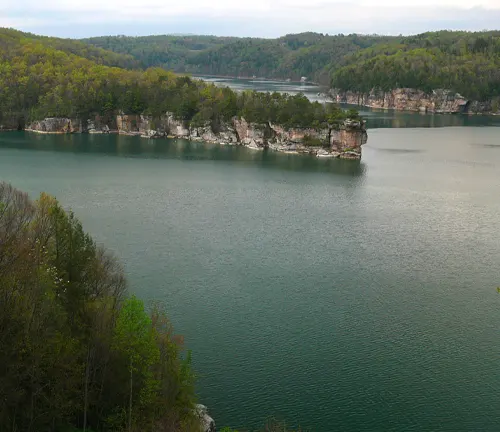

Long Point Trail: The Long Point Trail is a favorite among hikers for its breathtaking views of Summersville Lake. This moderate trail culminates at Long Point, where hikers are rewarded with panoramic vistas of the lake and its surrounding cliffs. The trail is not only a journey through the diverse flora of the Appalachian forest but also an opportunity for wildlife observation and photography, appealing to nature lovers and adventurers alike.
Summersville Lake Lighthouse: Standing as a unique landmark, the Summersville Lake Lighthouse offers visitors a chance to see the park from a different perspective. Climbing to the top provides a 360-degree view of the lake, the Gauley River, and the vast expanse of the West Virginia mountains. The lighthouse is accessible via guided tours, making it a must-visit for those looking to capture the essence of the area’s natural beauty from above.
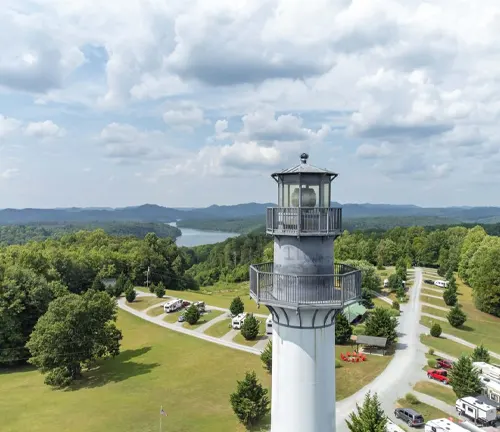
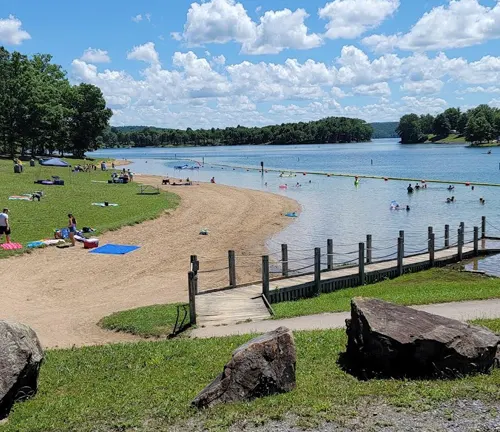
Battle Run Beach: For those seeking a more relaxed experience, Battle Run Beach offers a sandy retreat along the shores of Summersville Lake. This designated swimming area is perfect for families and individuals looking to enjoy the water’s edge, with picnic areas and facilities nearby. The beach is a serene spot to sunbathe, build sandcastles, or simply enjoy the peaceful ambiance of the lake’s surroundings.
Rock Climbing and Bouldering: The rugged terrain around Summersville Lake presents ample opportunities for rock climbing and bouldering, attracting climbers from all over. The cliffs around the lake, particularly the renowned “Orange Oswald” wall, offer routes of varying difficulty, catering to both beginners and experienced climbers. The area’s natural rock formations provide a challenging and rewarding experience, with the beauty of the park serving as a stunning backdrop.

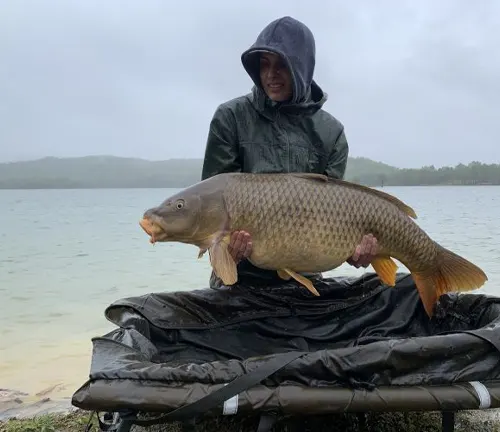
Fishing: Summersville Lake is a haven for anglers, boasting a diverse population of fish species, including largemouth bass, smallmouth bass, walleye, and catfish. The lake’s clear waters and varied underwater terrain make it an exciting place for fishing, whether from a boat or the shoreline. With multiple access points and the potential for trophy catches, it’s a preferred destination for both casual and serious fishermen.
Camping and Picnicking: The park offers numerous camping and picnicking spots that cater to a range of preferences, from rustic tent sites to RV hookups. The campgrounds are well-equipped and provide direct access to the lake’s recreational opportunities. Picnic areas, complete with grills and tables, are scattered throughout the park, offering families and groups the perfect setting to enjoy a meal amidst nature’s splendor.
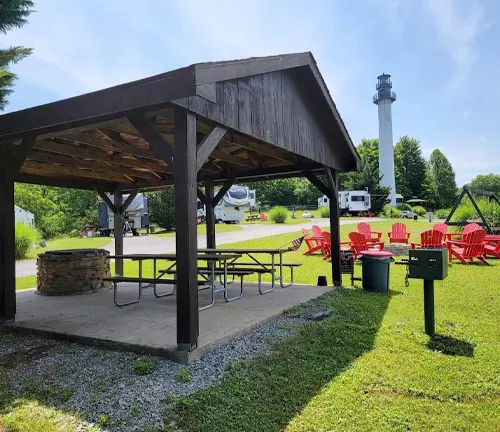
Recreational Activities in Summersville Lake State Park
- Boating: Boating is a popular activity at Summersville Lake, with the vast expanse of water accommodating everything from motorboats to sailboats. The lake’s clear waters and scenic surroundings make for an ideal boating experience. Several boat launch sites are available around the lake, and boat rentals are offered at the marina, making it accessible for visitors without their own vessels. Whether cruising at speed, leisurely sailing, or exploring secluded coves, boating on Summersville Lake is a delightful way to spend the day.
- Scuba Diving: The exceptional clarity of Summersville Lake’s water creates perfect conditions for scuba diving. Divers can explore submerged structures, rock walls, and a diverse aquatic ecosystem beneath the lake’s surface. The lake is known for its underwater attractions, including submerged trees and even an artificial reef created for divers. Dive shops in the area offer equipment rentals and guided dives, catering to both novices and experienced divers looking to discover the underwater wonders of the lake.
- Swimming: With its designated swimming areas, Summersville Lake is a refreshing escape during the warm summer months. Battle Run Beach is a popular spot for swimmers and sunbathers, offering a sandy beach and gradual water entry. The clean, cool water provides a safe and enjoyable swimming experience for visitors of all ages, making it a family-friendly destination for beating the heat.
- Rock Climbing: The cliffs around Summersville Lake offer some of the best rock climbing experiences in the region. Climbers are drawn to the area for its quality sandstone and a variety of routes that challenge all skill levels. The climbing season extends from spring through fall, with the cooler months providing the most comfortable conditions. Local outfitters provide climbing guides and gear rentals, ensuring that both beginners and experienced climbers can safely enjoy the sport.
- Fishing: Anglers find Summersville Lake to be a prime fishing destination, with its diverse fish population including largemouth and smallmouth bass, walleye, and panfish. The lake’s structure, with deep waters and rocky outcrops, offers ideal habitats for different species. Fishing can be enjoyed from the shore, docks, or boats, with multiple access points available. The park hosts fishing tournaments and events, highlighting its status as a top fishing spot.
- Hiking: The park features several hiking trails that showcase the natural beauty of the Appalachian landscape. Trails like the Long Point Trail offer hikers scenic vistas of Summersville Lake and its surroundings. These trails vary in difficulty, providing options for leisurely walks or more challenging hikes. Hiking in the park is a great way to explore the diverse ecosystems, observe wildlife, and enjoy the tranquility of the outdoors.
- Camping: Summersville Lake State Park caters to campers with a range of preferences, from primitive tent sites to RV spots with full hookups. Camping near the lake allows visitors to fully immerse themselves in the natural beauty of the area. Campgrounds are equipped with amenities such as restrooms, showers, and picnic areas, ensuring a comfortable outdoor experience. Nighttime around the campfire, under the stars, offers the perfect end to a day full of adventure.
- Picnicking: With numerous picnic areas throughout the park, visitors can enjoy meals with a view. These areas are equipped with tables and grills, ideal for a family outing or a relaxing break between activities. The picnic spots offer stunning views of the lake and forest, providing a serene backdrop for dining al fresco.
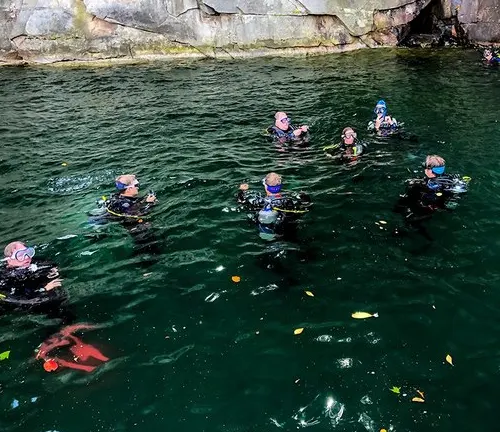

Different Facilities and Amenities in Summersville Lake State Park
- Marina: The marina at Summersville Lake State Park is a central hub for aquatic activities, offering boat rentals, slip rentals, and a launch area. It caters to visitors looking to explore the lake by motorboat, sailboat, or kayak. The marina also provides essential services such as fuel, boating supplies, and snacks, making it a convenient starting point for a day on the water. Its staff can offer guidance on safe boating practices and information about the lake’s attractions.
- Campgrounds: The park’s campgrounds accommodate a range of camping experiences, from primitive tent sites to RV spots with electrical and water hookups. Each campsite is designed to blend into the natural surroundings, offering a peaceful outdoor living space. Common amenities include restrooms, shower facilities, and picnic areas, enhancing the camping experience for visitors. The campgrounds are strategically located to provide easy access to the lake and hiking trails.
- Picnic Areas: Scattered throughout the park, picnic areas are equipped with tables and grills, perfect for a family outing or a casual meal in the great outdoors. These areas are situated to offer beautiful views of the lake and surrounding landscape, providing a serene setting for picnicking. Some picnic spots also feature pavilions, which can be reserved for larger gatherings or special events, offering shelter and privacy.
- Hiking Trails: The park boasts a network of hiking trails that vary in length and difficulty, catering to casual walkers and seasoned hikers alike. These trails wind through the forested areas of the park, leading to scenic overlooks, quiet coves, and interesting rock formations. Trail maps are available at the park office, ensuring visitors can safely explore the natural beauty of Summersville Lake State Park.
- Beach and Swimming Area: Battle Run Beach offers a designated swimming area with a sandy beach, making it a popular spot for families and swimmers. The beach area is monitored for safety during the peak season, and facilities nearby include changing rooms and restrooms. This amenity allows visitors to enjoy the refreshing waters of Summersville Lake in a safe and controlled environment.
- Visitor Center: The Visitor Center serves as an informational hub for guests exploring Summersville Lake State Park. Here, visitors can find maps, brochures, and exhibits about the park’s history, wildlife, and ecosystem. The center also offers educational programs and can provide updates on park events, making it a valuable resource for maximizing the enjoyment of your visit.
- Fishing Access Points: The park is equipped with several fishing access points, designed to accommodate anglers of all abilities. These areas offer easy access to the lake’s waters, where a variety of fish species can be caught. Whether fishing from the shore or launching a boat to reach deeper waters, anglers will find the facilities and amenities they need for a successful day of fishing.
- Restrooms and Shower Facilities: Throughout the park, restrooms and shower facilities are conveniently located to serve visitors spending the day or camping overnight. These facilities are maintained to ensure cleanliness and comfort, providing a necessary amenity for outdoor activities and extended stays in the park.
- Playgrounds: For families with children, playgrounds offer a fun and safe environment for kids to play. These areas are equipped with swings, slides, and other play structures, allowing children to enjoy outdoor recreation while parents relax nearby. The playgrounds are situated close to picnic areas, making them an ideal spot for family gatherings.
Tips and Advice for Visiting Summersville Lake State Park
- Check the Weather: Before your trip, make sure to check the local weather forecast. Summersville Lake offers many outdoor activities that are best enjoyed in good weather. Bring appropriate clothing and gear for the season, such as rain jackets in spring and warm layers during fall.
- Pack for Water Activities: Summersville Lake is known for its clear waters, ideal for water sports. Bring swimwear, life jackets, snorkels, or even scuba gear if certified. Rentals are available, but bringing your own ensures you’re prepared and saves time.
- Fishing Equipment: Anglers will find the lake stocked with bass, walleye, and trout. Don’t forget your fishing gear and check for any required fishing licenses or park regulations regarding catch and release.
- Hiking Essentials: There are numerous trails around the park. Carry a map, wear sturdy hiking boots, and pack a daypack with water, snacks, a first-aid kit, and a multi-tool or Swiss army knife.
- Camping Gear: If you plan to camp, reserve your spot ahead of time. Bring all necessary camping gear, including a tent, sleeping bags, and a camp stove. Always follow the park’s rules for storing food to keep wildlife at bay.
- Respect Wildlife: Maintain a safe distance from any wildlife you encounter. Feeding wildlife is prohibited as it can harm animal health and alter natural behaviors.
- Photography Prep: Photographers will want to capture the scenic views. Bring your camera, extra batteries, and storage cards. Consider waterproof cases if you’re shooting near water or in unpredictable weather.
- Leave No Trace: Follow the Leave No Trace principles to minimize your impact on the natural environment. Pack out all trash, stay on designated trails, and leave natural objects as you find them.
- Water Safety: When participating in water activities, always wear a life jacket and be aware of your surroundings. Never swim alone and be cautious of water currents and depths.
- Plan Your Visit: Check the park’s website for any events or alerts before you go. Knowing park hours, available facilities, and any areas that might be closed for maintenance can help you better plan your day.
- Safety and Emergency Preparedness: Have a plan in case of an emergency. Know the location of the nearest hospital and have a way to contact park rangers if needed. A portable charger for your phone can be crucial in an emergency.
- Explore Local Attractions: Beyond the lake, the area offers historical sites, local dining, and more. Allocate some time to explore the local community and attractions.
- Stay Hydrated and Protected: Drink plenty of water throughout the day and use sunscreen, hats, and sunglasses to protect against the sun, even on cloudy days.
Recommendation
For anyone seeking a blend of adventure and tranquility, Summersville Lake State Park is a must-visit destination. Its diverse offerings ensure that every visitor can find something to enjoy, from the adrenaline rush of rock climbing to the peacefulness of a lakeside picnic.
Conclusion
Summersville Lake State Park stands out as a premier destination for outdoor enthusiasts and nature lovers alike. Its blend of breathtaking scenery, diverse recreational activities, and comprehensive facilities caters to a wide range of interests and preferences. Whether you’re seeking the thrill of water sports, the tranquility of a hike through lush forests, or simply a peaceful retreat in nature, this park offers an unparalleled experience. The careful balance between conservation and recreation ensures that its unique ecosystem and natural beauty are preserved for future generations to enjoy. In summary, Summersville Lake State Park is a testament to the splendor of West Virginia’s landscapes and a must-visit for anyone looking to explore the great outdoors.
FAQs
- What activities can I do at Summersville Lake State Park?
At Summersville Lake State Park, visitors can enjoy a wide range of activities including boating, rock climbing, hiking, swimming, fishing, and scuba diving. The park’s diverse landscape caters to both adrenaline-seekers and those looking for relaxation amidst nature. - Is there a best time of year to visit the park?
The best time to visit the park is from late spring to early fall when the weather is warm, and all the park’s facilities and activities are fully accessible. Summer is particularly popular for water-based activities, while fall offers stunning foliage. - Are there any camping facilities, and how do I reserve a spot?
Yes, Summersville Lake State Park offers camping facilities with options ranging from primitive sites to those with full hookups. Reservations can be made online through the West Virginia State Parks website or by contacting the park directly. - Do I need any permits for activities like fishing or boating?
Yes, fishing in Summersville Lake requires a West Virginia fishing license, which can be purchased online or at local retailers. For boating, while no specific permit from the park is needed, all boats must comply with West Virginia boating laws and regulations. - Are there any dining options within the park or nearby?
While the park itself does not have restaurants, there are picnic areas available for visitors. The nearby town of Summersville offers a variety of dining options, ranging from fast food to local cuisine. - Can I bring my pet to Summersville Lake State Park?
Pets are welcome in the park but must be kept on a leash at all times. It’s important to respect other visitors and the park’s wildlife by keeping pets under control and cleaning up after them. - What should I bring for a day visit to the park?
For a day visit, consider bringing sunscreen, insect repellent, water, snacks, a first aid kit, appropriate clothing for the weather, and any specific gear for activities you plan to enjoy, such as hiking shoes or swimming attire. - Are there any restrictions or safety guidelines I should be aware of?
For the safety and enjoyment of all visitors, the park has guidelines such as designated swimming areas, rules for boat operation, and restrictions on campfires to prevent forest fires. It’s always a good idea to check the park’s official website or contact the park directly for the most current information before your visit.
Thank you for exploring Summersville Lake State Park with us. Whether you’re planning your next adventure or just dreaming of the great outdoors, remember that this park is a treasure waiting to be discovered. We hope to see you on the trails, on the water, or under the stars, soaking in the natural beauty and adventure that Summersville Lake has to offer.

Benjamin Brooks
Forestry AuthorGreetings! I'm Benjamin Brooks, and my journey over the past 15 years has revolved around the fascinating realms of content creation, expertise in snow clearing, and the intricate world of lumberjacking and landscaping. What began as a simple curiosity about the natural world and heavy machinery has evolved into a passionate profession where my love for crafting words intertwines seamlessly with my lumberjacking and garden skills.


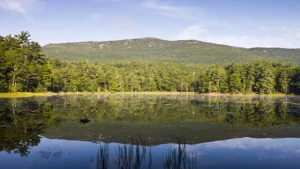
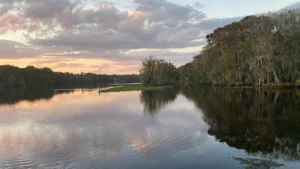
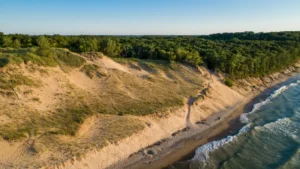
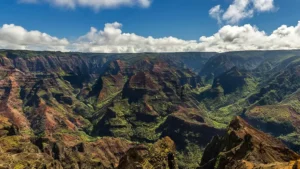
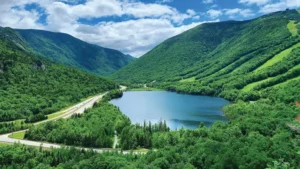
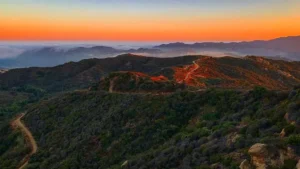


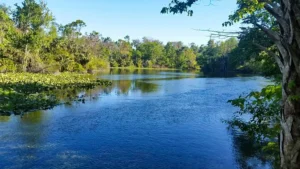
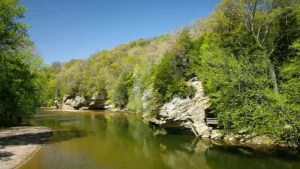

Leave your comment